The partnership started on Saturday with the exhibition «Lugares Paisagens Viagens», which brings to the Museu de Portimão pieces from the personal collection of Calouste Sarkis Gulbenkian that had never left Lisbon, will continue, but at other levels, with the visit to the Algarve city « the orchestra, the choir” and even the “projects in the social area”, at the level of “inclusion and personal development”. This promise was left on Saturday by Teresa Patrício Gouveia, administrator of the Gulbenkian Foundation, at the opening of that exhibition at the Museu de Portimão.
The exhibition that can now be seen is part of a broader program of «paths through the collections» of the Lisbon museum, which, under the name of «Gulbenkian Itinerante», are presented in five spaces from North to South of the country.
Thus, last weekend, in Bragança (Graça Morais Contemporary Art Center) and S. Martinho de Anta, Sabrosa (Space Miguel Torga) opened the exhibition «Body and Landscape», which can be seen there until the 17th of March next year. On the 8th, it was the turn of the Portimão Museum. But it will also be followed by the Contemporary Culture Center of Castelo Branco (6th April to 28th July 2019), the Art Center of Sines (“Points of Meeting”, 16th March to 9th June) and finally , in a return to the Algarve, the Municipal Museum of Tavira/Palácio da Galeria (“Mares sem Tempo”, 23 November 2019 to 23 February 2020).
As Teresa Patrício Gouveia explained, “this is almost a reprint of a previous adventure of the foundation, that of the traveling libraries”.
Now, being «the first time that pieces from the Founder's Collection circulate throughout the country», this is also the «first round of what we would like to see a prolonged, perhaps constant, itinerary», added the administrator of the Gulbenkian Foundation, at the opening of the exhibition at the Museum of Portimão.
Teresa Patrício Gouveia also underlined the fact that these are not exhibitions that arrive ready-made from the Lisbon museum, but are the result of local co-curatorship, «based on a set of available works», in a work that lasted for «one year ».

In the case of Portimão, as the Museum's scientific director and co-curator of this exhibition would point out, “we added Travels”. «Because we are celebrating the Day of the City and Manuel Teixeira Gomes, who was a huge traveller, an avid collector and writer, this dimension seemed important to us».
Furthermore, because Teixeira Gomes and Calouste Gulbenkian were contemporaries and «who knows if they didn't cross paths, in their travels, around the world?» This is exactly what, underlined José Gameiro, the exhibition inaugurated on Saturday at the Museu de Portimão intends to: take a «journey around the world, crossing times, artists and collections».
Basically, Teresa Patrício Gouveia would add, they are «pieces that are in the collection of Teixeira Gomes and the museum of Portimão».
José Gameiro called this new “decentralizing vision of the Gulbenkian” a “stimulating challenge”. Isilda Gomes, mayor of Portimão, also considered that we were «making history, by having the Gulbenkian Foundation with its doors open», as if it were «a proximity museum».
Therefore, stressed the mayor, it is good to note that there are "people with the courage and strategic vision to know how to use what is good in our country".

The motto of this “Gulbenkian Itinerante” initiative is, precisely, “crossing cultures through time”. The two collections of the Gulbenkian Museum, which span 5000 years of history and constitute the Foundation's artistic heritage, comprise the works put together by Calouste Sarkis Gulbenkian – the Founder's Collection – and the set resulting from acquisitions, legacies and donations gathered after 1956 in the Collection Modern.
The «Gulbenkian Itinerante» project seeks, through partnerships with institutions across the country, to publicize the collections of the Calouste Gulbenkian Museum, «privileging the most distant regions from the main cultural centers» – for now Bragança, Sabrosa, Castelo Branco, Sines, Portimão and Tavira.
Partners are given the opportunity to choose works from the collections of the two collections of the Gulbenkian Museum, "with a special focus on lesser-known pieces or works by authors who deserve to be rediscovered or even rediscovered", explains the foundation, in a newspaper launched to accompany this cycle.
“The idea is to compare these works with their curatorship criteria and with the collections of the institutions where they will be presented, in a permanent collaboration aimed at the communities they serve”.
On the other hand, «the project seeks to create networks between the various partners who, in some cases, joined together for the presentation and design of the exhibitions» (cases of Bragança, Sabrosa and Castelo Branco).
"We hope that this initiative symbolizes the beginning of a partnership, in a more dynamic, creative and interventionist perspective in the preparation of our common future", concludes the Gulbenkian Foundation.

At the Portimão Museum, in the exhibition that can be seen until March 3 of the next year, interesting dialogues are established: from the beginning, at the entrance, a painting by Teresa Dias Coelho (used for the poster of the initiative), belonging to the Gulbenkian collection, marks an absence, «of someone who left and maybe hasn't come back», as happened to Manuel Teixeira Gomes.
Then, from the beginning, and at various points, a dialogue was established between the pieces by Teixeira Gomes and those by Calouste Gulbenkian, both avid collectors of art and antiques, each tailored to the needs of the depth out of your pockets.
A visible dialogue between the bronze Roman bust purchased by Teixeira Gomes, in London, at Christie's (and now belonging to the Portimão Museum) and the sculpture, also in bronze, of an Algerian dromedary, from the Founder's Collection, at the Museum Gulbenkian.
Or further on, between two landscapes, both from the XNUMXth century, one from Marseille (from the Gulbenkian Collection), the other acquired by Teixeira Gomes, showing a «View of the Sea Port with Ruins».
The selection of works from the Gulbenkian Museum includes works belonging to the collections of the Portimão Museum, but also from local collectors (Álvaro Pires and the couple George Welch and Gita Honwana), suggesting an artistic, aesthetic, cultural and geographic dialogue between them. .
At the inauguration of the exhibition, at the end of the afternoon, last Saturday night, with a full house (200 people), the director of the Calouste Gulbenkian Museum (Penelope Curtis), Nuno Vassalo e Silva, director of the Gulbenkian Foundation, Ricardo Pereira also participated. , responsible for the Sines Arts Center (which will also host one of these exhibitions), the regional director of Culture Alexandra Gonçalves, as well as many interested people not only from Portimão, but also from Faro, Lagos and Lagoa, among other places.
Among these attentive visitors, there was also the arts class of the Manuel Teixeira Gomes Secondary School, with their teacher Telma Lança, to perhaps associate themselves with the aesthetic and literary thought of their patron and take advantage of this itinerancy for an authentic “live and the Colors".
Photos: Elisabete Rodrigues | Sul Informação
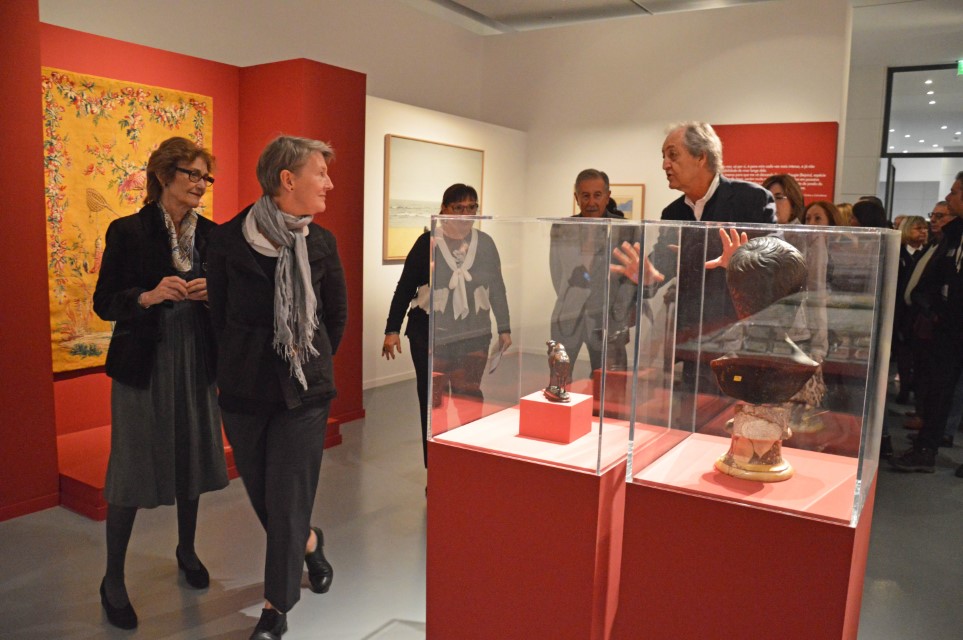
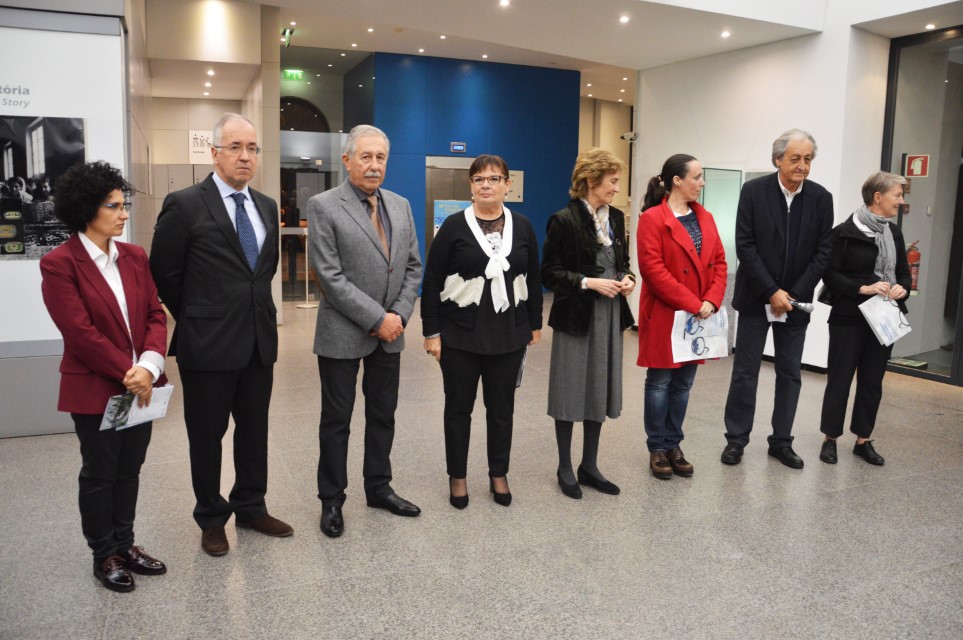



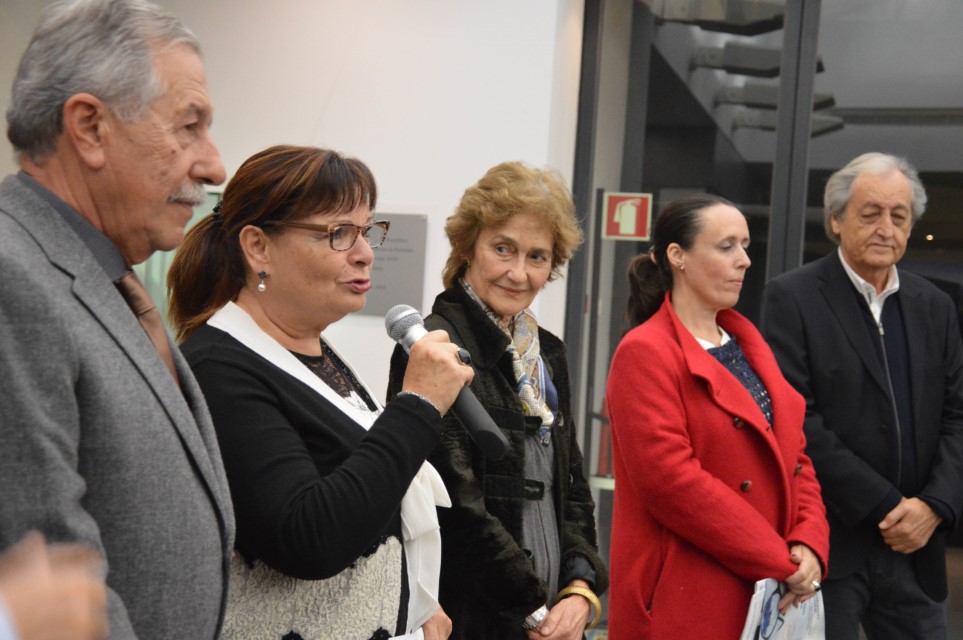
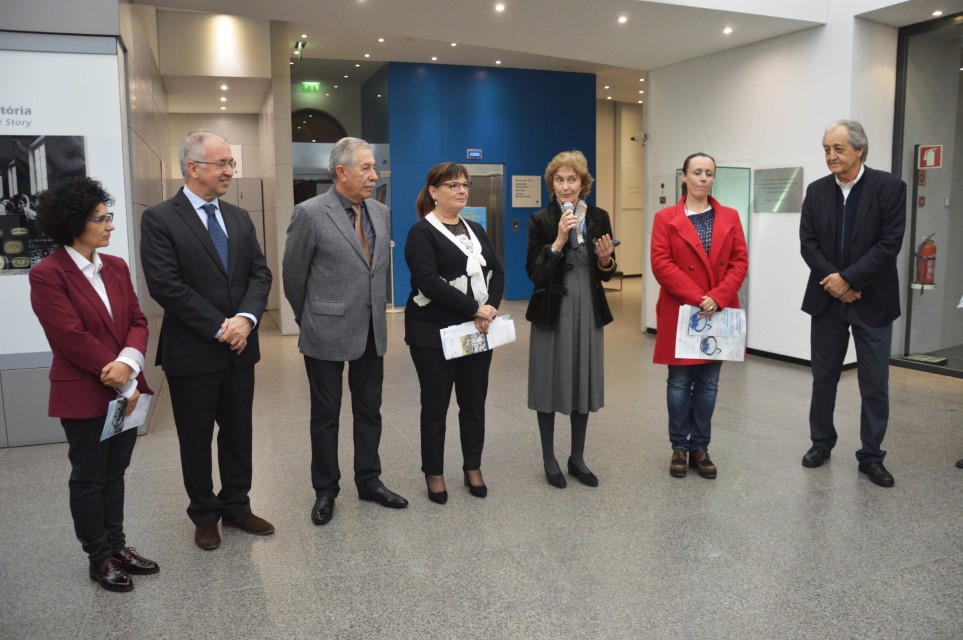

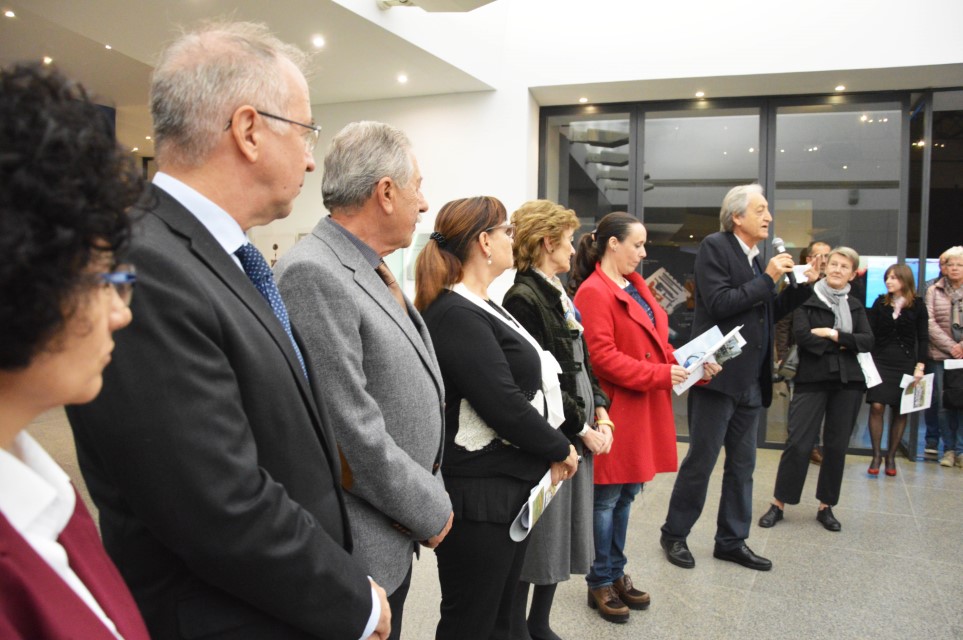

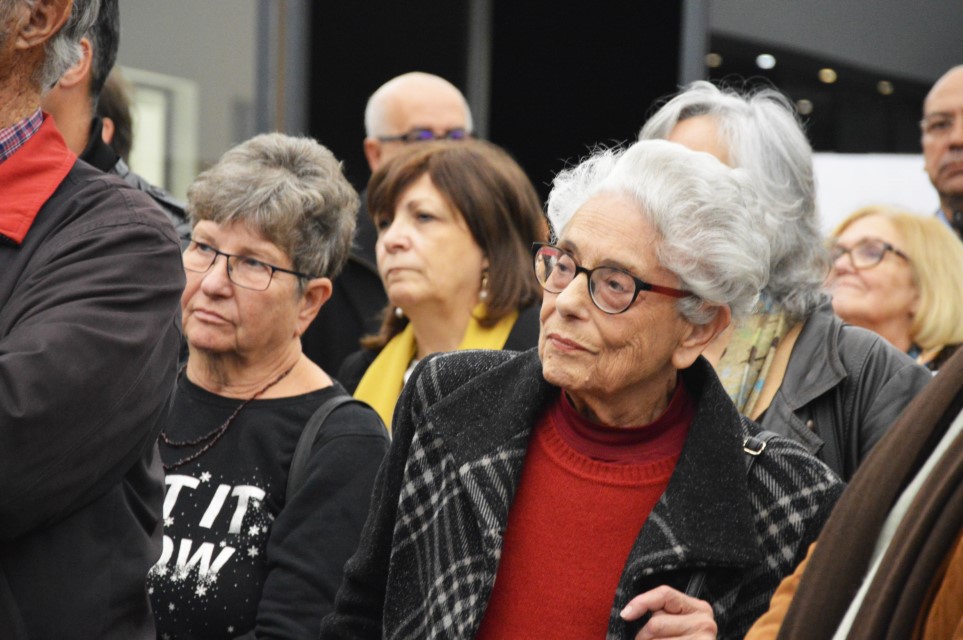
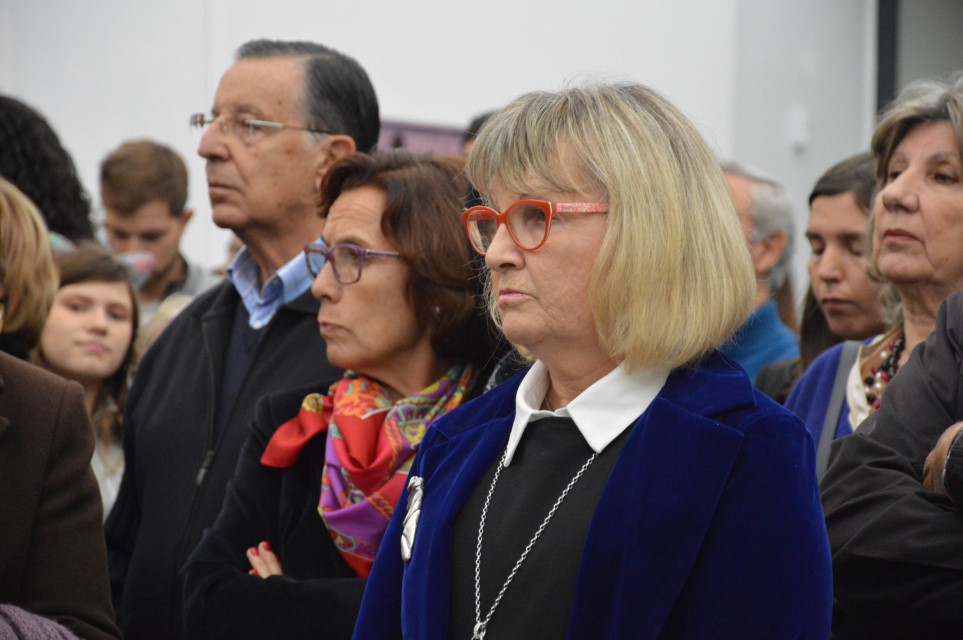

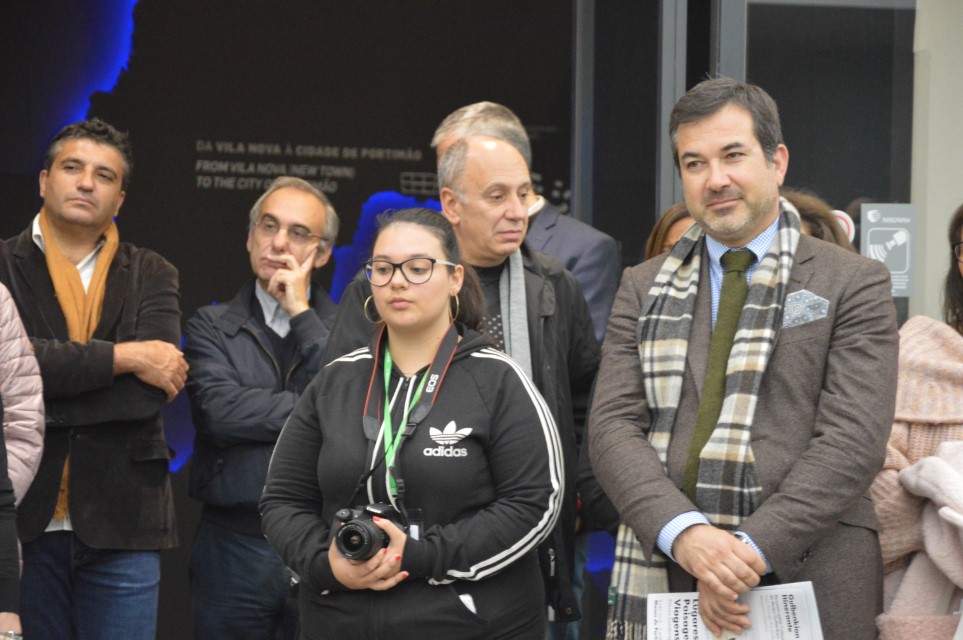


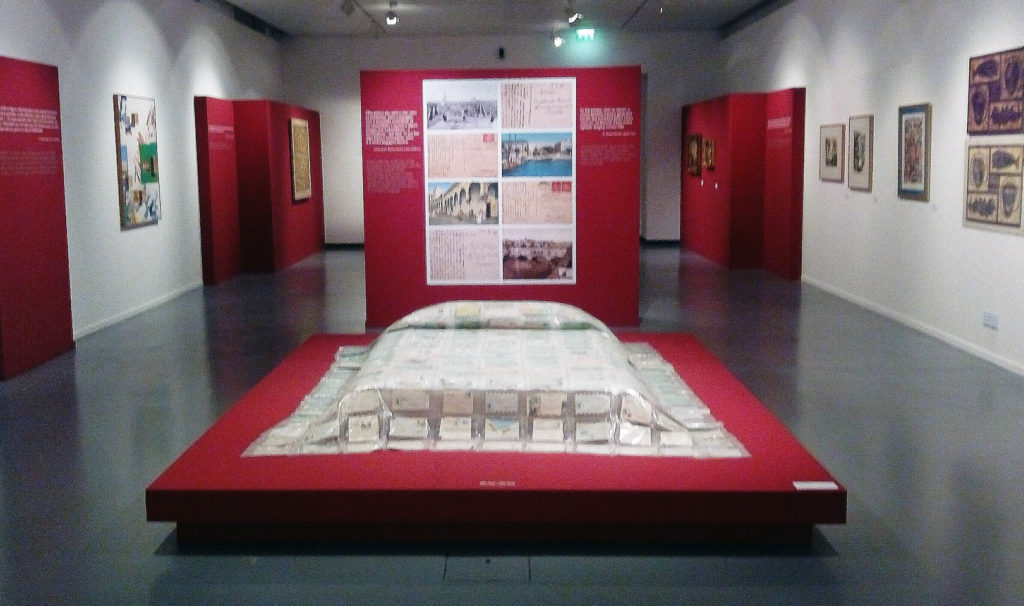








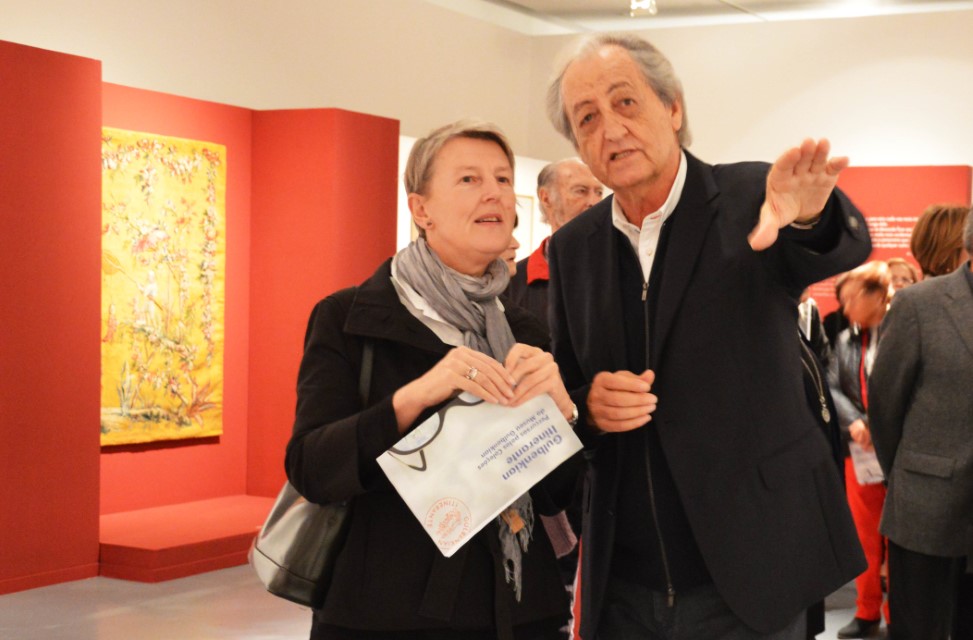
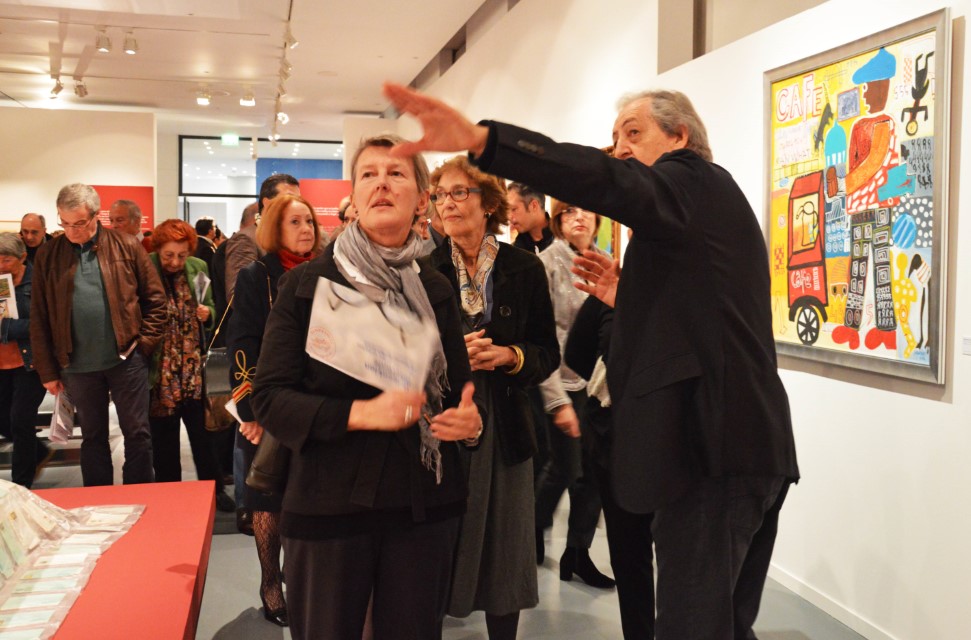

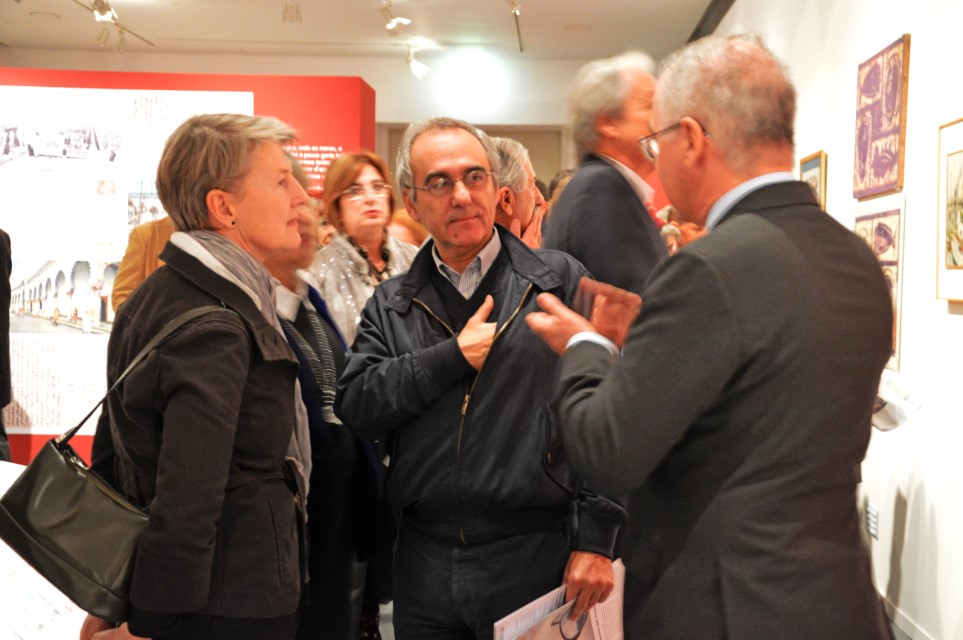
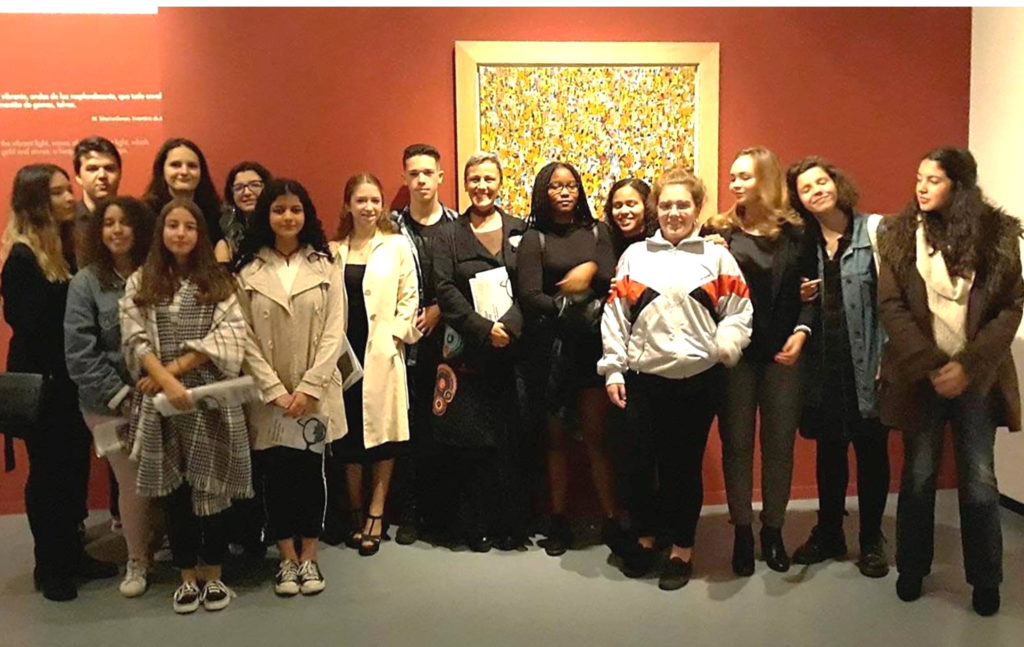













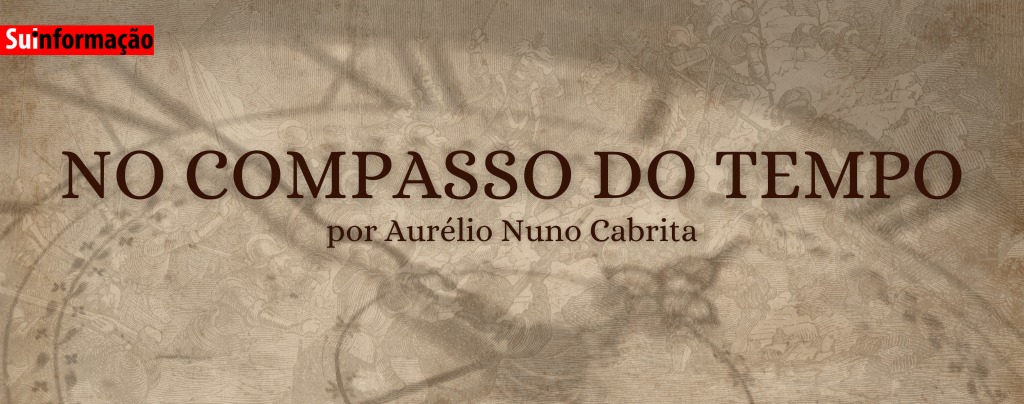





Comments